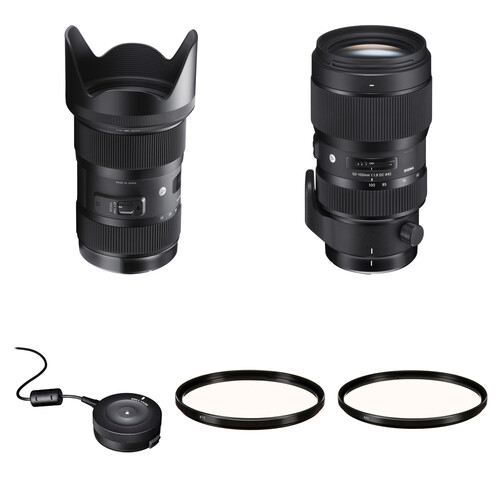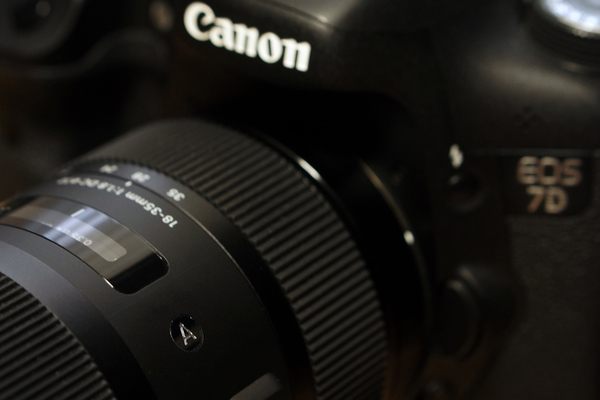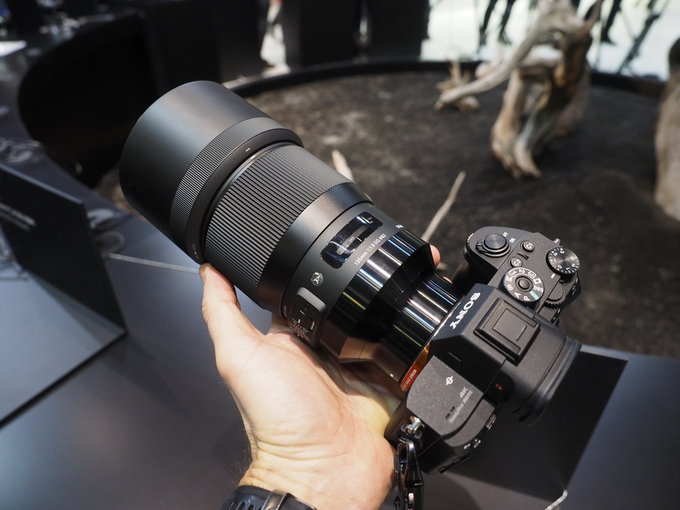

Here’s a complete list of all of Sigma’s E-Mount lenses that have been adapted from SLR lenses. Therefore these lenses tend to be much larger and heavier than their DG DN lenses that have been designed specifically for smaller mirrorless cameras. Sigma’s first E-mount lenses were simply adapted from their SLR lenses. Sigma 18-50mm F2.8 DC DN Contemporary Lens Sigma only offers one APS-C zoom lens designed for mirrorless cameras.

LensĬurrently Sigma only offers three prime lenses designed exclusively for mirrorless APS-C cameras like the Sony a6400. Here’s the complete list of Sigma full-frame E-mount zoom lenses. Here’s the complete list of Sigma full-frame E-mount prime lenses. Here’s a complete list of all of full-frame and APS-C lenses available today. Sigma’s DG DN and DC DN lenses have been designed specifically for mirrorless cameras like Sony’s E-Mount System. Sigma Lenses Adapted from SLR Lenses + −.Sigma Lenses Designed for Mirrorless + −.You can still spot some traces at f/4 although it's not really relevant here anymore. As to be expected the effect is most pronounced at f/1.8 and decreases the more you stop down. Just like most of ultra-large aperture lenses the Sigma is also affected by this. It can show up as purple halos in front of the focus point and greenish halos in the background. While this may not sound impressive, the quality of the blur in the focus transition zone is actually very good (smooth) for a standard zoom lens - both in the background and foreground.īokeh fringing is an axial color fringing effect. "Cat's eyes" in the image corners are not so much of an issue surprisingly although you can spot a slight deterioration at f/1.8. The circular shape remains mostly intact till about f/4 (tested at 35mm). Out-of-focus highlights show a near-circular shape at large aperture settings but the inner zone of these discs is clearly nervous. However, to be fair - this applies to most standard zoom lenses. The Sigma is pretty good but it has its issues here. The Sigma 18-35mm f1.8 Art Lens is a versatile lens that is ideal for a range of.

While not a number game, the quality of the bokeh (out-of-focus blur) is a major aspect for an ultra-large aperture lens. The lens also features a brass bayonet mount for enhanced durability. They remain below 1px on the average at the image corners at 18mm and 24mm and are negligible at 35mm. Lateral chromatic aberrations (color shadows at harsh contrast transitions) are low and not disturbing. If you want to know more about the MTF50 figures you may check out the corresponding Imatest Explanations The chart shows line widths per picture height (LW/PH) which can be taken as a measure for sharpness. Please note that the MTF results are not directly comparable across the different systems!īelow is a simplified summary of the formal findings.

The centering quality of the tested sample was good. At f/8 you may spot a slight downturn due to diffraction but this is still rather irrelevant here. However, the glory doesn't stop here - the borders are easily on a very good level at large apertures and even touch excellent levels at medium aperture settings. The center performance is already excellent at f/1.8 but downright outstanding between f/2.8 and f/5.6. The Sigma 18-35mm f/1.8 DC HSM | A produced nothing short of stunning resolution figures in the MTF lab. However, the issue is mostly resolved at f/2.8 and gone beyond. This also applies to the Sigma - the vignetting varies around the 1.5EV (f-stop) mark at f/1.8. Ultra-low aperture lenses tend to show heavy light falloff at max.


 0 kommentar(er)
0 kommentar(er)
